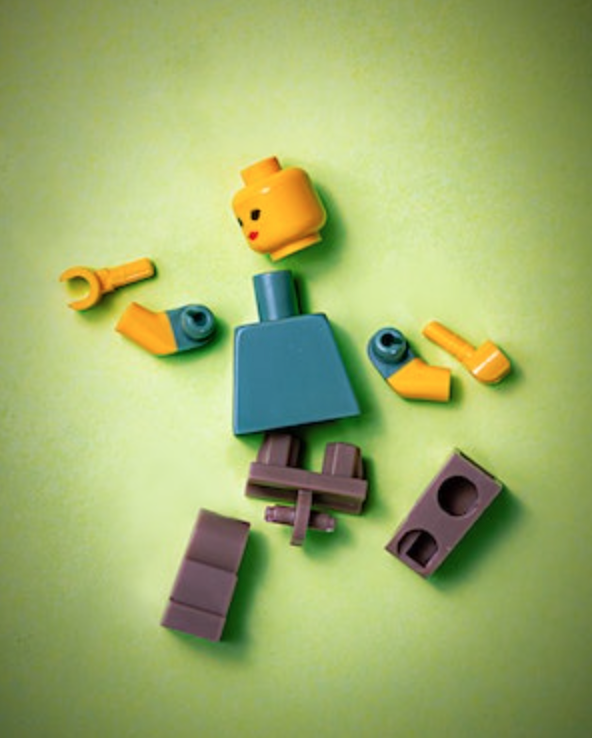An already-challenged female workforce is now under even greater pressure.
Schools and offices are closed all over the world, but children still need to be educated and looked after and money still needs to be made to run the family. Women are at the head of manning both forts, and it’s an uphill task.
Additionally, essential jobs in hospitals, schools, shops, and caregiving are filled with far more women than men. Remote work isn’t an option here. In both instances, females are taking on a much larger share of the work, and they’re not getting paid for all of it.
UNEQUAL SHARE OF UNPAID LABOUR
Raising children, cooking, cleaning, shopping, caring for elderly relatives and general household management are all essential tasks. These tasks take up a large chunk of time, leaving little room for productive activities like education, leisure, and paid employment. While this is not done by women alone, the balance is anything but equal. According to the International Labour Organisation (ILO) women around the world, on average, perform 4 hours and 25 minutes of unpaid care work per day compared with1 hour and 23 minutes by men.
That’s nearly five hours of unpaid caregiving work per day. These responsibilities have a negative impact on women’s ability to participate in the economy. A study at Oxfamfound that if this care work was paid, then the contributions made at home would help ensure the functioning of a strong economy.
They estimated that if US women were paid minimum wage for their hours spent doing care work they would have made $1.5 trillion US last year. Globally, women would have earned $10.9 trillion US.
According to the UN Women Organisation, unpaid care work is valued at 10 percent of GDP and domestic work is valued at 39 percent of GDP. These combined can contribute more to the economy than the manufacturing, commerce and transportation sectors1.
This isn’t limited to the US. India was put under one of the biggest, strictest lockdowns in the world. Months later, and most offices are still closed. It’s a country with an even greater sexual division of labour, so that space between domestic and professional work gave women a sense of independence and peace. The women’s labour force in the country was already declining pre-Covid. The World Bank released data that showed that the female labour participation decreased from 32% in 2005 to 21% in 2019. Women are thrown into time poverty – most of their time is taken up by unpaid caregiving, so their professional lives suffer.
The repercussions of this work being unpaid are greater than we think. It increases the gender gap, prevents women from earning a decent wage or accumulating a pension, and denies them access to adequate healthcare. Essentially, women are penalised for dedicating hours of their day, every day, to running a household. The contributions of caregiving work to society are incredibly significant, yet millions of women are shut off from the benefits of formal sector employment.
COVID HIGHLIGHTS MYTH OF ‘HAVING IT ALL’
For a demographic that was already shouldering a disproportionate share of unpaid labour while working full time under the guise of “having it all”, Covid has confirmed what many women already understood – that this long-espoused idea is a myth, and their place in the workforce has always been subject to a level of vulnerability not experienced by men.
According to a recent McKinsey report, women’s jobs are 1.8 times more vulnerable due to this crisis than men’s. The National Women’s Law analysis in the US reported that 856,000 women dropped out of the workforce between August and September of this year, which is 4 times higher than the number of men.
While people struggle to keep their jobs and ensure their children are being cared for and safe, it is mostly women being pushed out of work. It is also mothers who are twice as likely to worry that their work performance is being judged negatively because of their caregiving responsibilities during the pandemic.
As a result, many working mothers are expressing feelings of being burnt out and anxious about the overwhelming demands of both work and home. As Sheryl Sandberg of ‘Lean In’ fame tells it, “Mothers were already working a double shift….now with coronavirus, what you have is a double double shift.”
The surplus of domestic chores don’t help either, although these can’t be avoided. Masking children, sanitizing the home, and extra health precautions are all par for the course now. Sociologist Emilie Genin explained that women have internalised their position as the caregiver, so when faced with the decision of who’s going to take the lead of this new, post-pandemic normal with extra chores, home-schooling, and more cleaning, women naturally step back from their career to devote their time to their children.
For employed women, the location division between domestic tasks at home and work tasks at the office provided a brief, but needed reprieve. Now that their personal and professional lives are confined to one space – the household – the responsibilities are constant and act like a seesaw distraction from each other. This juggling of physically and emotionally tiring tasks have left women feeling burnt out and at the end of their rope.
POLICY CHANGE DRIVES SOCIAL CHANGE
In order to support this vulnerable, stressed workforce and continue to close the gender gap, countries need to provide good quality public services such as childcare. With a change in policy you can also change social norms and expectations to redistribute the work and not just continue to say this is a private matter for families to deal with, which very often falls on women and girls to manage.
In Uruguay, for example, they have created the Care Act which was introduced to avoid a care crisis in the country. It recognises the right of care givers to perform their work in decent working conditions and aims to change the gendered division of labour. Under the Care Act all children, the elderly or people with disabilities have the right to get care from the state, allowing full time carers to be able to be trained and paid for their work in order to help support their families and participate in growing the economy. In doing so, Uruguay has re-positioned “care” as a collective and societal issue, taking it out of the private and family sphere and positioning it as a human rights issue.
In addition to paid caregiving work, which has shown to be beneficial for the economy and for the family unit’s mental health, we should also look at reversing gender roles in the household and having a conversation about sharing the responsibilities. While this isn’t a policy change, its’s a challenge that can unpack the entrenched social norms of gender roles and responsibilities in society.
Institutions, workforces, and even the online education sectors also need to adapt their policies to allow for more flexibility and create a schedule that suits their employees. The work can still be produced well without ticking every checkbox that needed to be checked when everyone worked together in the office.
Perhaps the silver lining of the pandemic will be the increased recognition of women’s work in the care economy and the turning of a corner for society as a whole. When women are no longer required to fill the gaps of failing social services and the value of the care economy is truly recognised, the gender gap will be reduced and more women and families will be given the opportunity to thrive.






